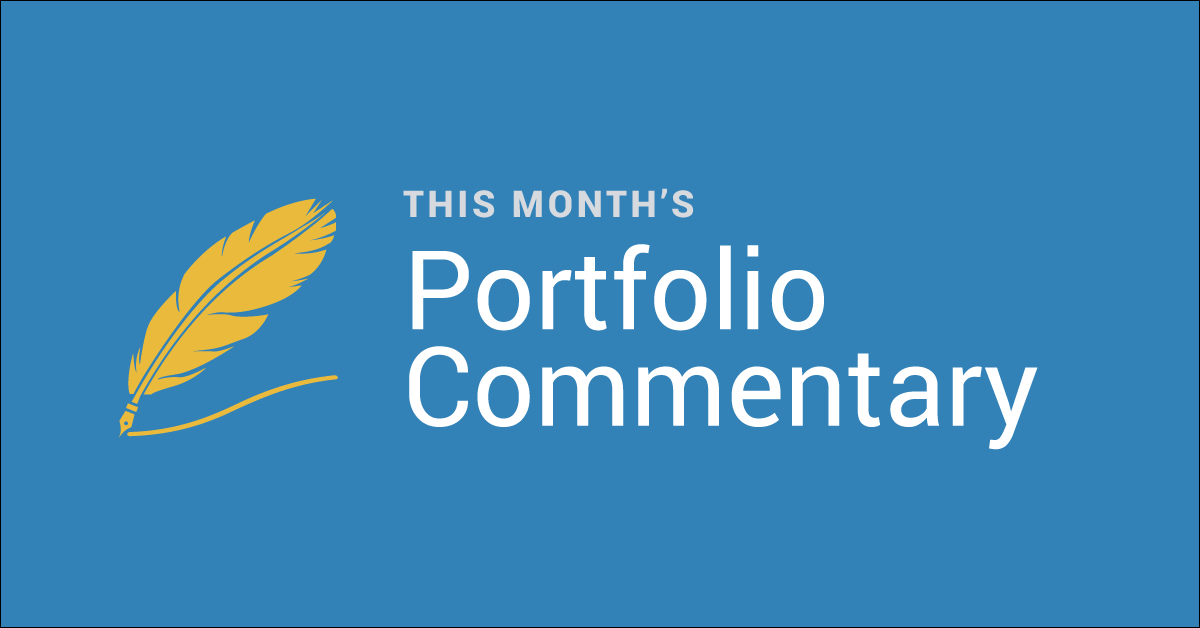BRAMSHILL BLOG: From the Desk of Bramshill Investments
 During the last few months of 2019, Bramshill showed the importance of an active approach to fixed income. Our portfolio performed extremely well returning +0.95% in the month of December, bringing YTD net returns to +9.16%. As volatility made a notable return in 2019, our peers struggled late in the year in a challenging environment across fixed income. Since August 31, 2019, the 10-year US Treasury yield increased by 43bps from 1.49% to 1.92%. In this period, the Bloomberg Barclays US Aggregate Index was down -0.35%; conversely, the Bramshill Income Performance Strategy returned +1.67%. Because our Strategy has an absolute return focus, we tend to avoid drawdowns based on our risk/reward assessments.
During the last few months of 2019, Bramshill showed the importance of an active approach to fixed income. Our portfolio performed extremely well returning +0.95% in the month of December, bringing YTD net returns to +9.16%. As volatility made a notable return in 2019, our peers struggled late in the year in a challenging environment across fixed income. Since August 31, 2019, the 10-year US Treasury yield increased by 43bps from 1.49% to 1.92%. In this period, the Bloomberg Barclays US Aggregate Index was down -0.35%; conversely, the Bramshill Income Performance Strategy returned +1.67%. Because our Strategy has an absolute return focus, we tend to avoid drawdowns based on our risk/reward assessments.
In our 3Q19 Investor letter titled “Buy the Dip, Sell the Rip,” we stated: “Our in-house view is that fears of a recession are overblown but we are in a period that can be characterized by ‘the fog of war’ concept. To paraphrase, on the battlefield, one must be ready to act and be ‘locked and loaded’ when the landscape is not clear on which direction to move and what target to shoot at.” Since that time, recession fears have abated, risk markets have recovered and interest rates have risen steadily. In the fall of 2019, by maintaining our defensive posture both in terms of credit risk and interest rate risk, we were able to avoid the drawdowns experienced in most of US fixed income and produce an attractive return. Currently, our portfolio has a duration of 1.29 years, a 4.58% current yield, and an A- average credit rating. We have maintained caution due to extended fixed income valuations, inflationary pressures (especially in the labor market) and complacency in the markets which likely warrants a repricing of risk assets. Our allocations were relatively stable in December. Our largest allocation to the preferred sector increased slightly to approximately 37% of the portfolio. Investment grade corporate bonds remained at approximately 9.5% of the portfolio. Our high yield corporate exposure was also fairly stable at 12% of the portfolio; however, we took profits on PHM 6% ’35 and rotated this exposure into additional high yield and loan closed-end funds. One note, closed-end funds were substantial performers within the portfolio in 2019. Both a substantial allocation to municipal closed end funds in 1H19 and a rotation into high yield and loan closed end funds in 2H19 contributed markedly to the portfolio’s performance. This is another distinguishing characteristic of our Strategy. Cash and short-term US Treasuries now represent approximately 40% of the portfolio. This liquidity position has served us well during recent interest rate volatility. We expect to see a repricing in the coming months at which time we expect to reallocate such liquidity. We are constantly adding to our bullpen of targeted securities to purchase. However, most of this list is 50-100bps from our target yield entry points. We will keep you abreast as opportunities become apparent.
Interested in more market insights from the Bramshill Team? Download our most recent white paper, US Preferred Securities: Unique Characteristics from a Bramshill Persepctive.
.png?width=202&name=get%20access%20now%20button%20(2).png)
This commentary is provided by Bramshill Investments, LLC for information purposes only and may contain information that is not suitable for all investors. Certain views and opinions expressed herein are forward-looking and may not come to pass. Investing involves risk, including the potential loss of principal. Past performance may not be indicative of future results, which are subject to various market and economic factors. No statement is to be construed as an offer to sell or a solicitation of an offer to buy securities or the rendering of personalized investment advice. Stated performance is reflective of realized/unrealized capital gains/losses and investment income achieve in composite accounts, net of investment management fees and expenses for trading, custody and fund maintenance (where applicable). Returns reflect the reinvestment of dividends and other such distributions and performance for January 2009 through April 2012 depicts actual returns generated by the strategy while managed by the Firm’s Chief Investment Officer at an unaffiliated investment firm. All information is accurate as of the date of publication and is subject to change without notice.

 During the last few months of 2019, Bramshill showed the importance of an active approach to fixed income. Our portfolio performed extremely well returning +0.95% in the month of December, bringing YTD net returns to +9.16%. As volatility made a notable return in 2019, our peers struggled late in the year in a challenging environment across fixed income. Since August 31, 2019, the 10-year US Treasury yield increased by 43bps from 1.49% to 1.92%. In this period, the Bloomberg Barclays US Aggregate Index was down -0.35%; conversely, the Bramshill Income Performance Strategy returned +1.67%. Because our Strategy has an absolute return focus, we tend to avoid drawdowns based on our risk/reward assessments.
During the last few months of 2019, Bramshill showed the importance of an active approach to fixed income. Our portfolio performed extremely well returning +0.95% in the month of December, bringing YTD net returns to +9.16%. As volatility made a notable return in 2019, our peers struggled late in the year in a challenging environment across fixed income. Since August 31, 2019, the 10-year US Treasury yield increased by 43bps from 1.49% to 1.92%. In this period, the Bloomberg Barclays US Aggregate Index was down -0.35%; conversely, the Bramshill Income Performance Strategy returned +1.67%. Because our Strategy has an absolute return focus, we tend to avoid drawdowns based on our risk/reward assessments..png?width=202&name=get%20access%20now%20button%20(2).png)





